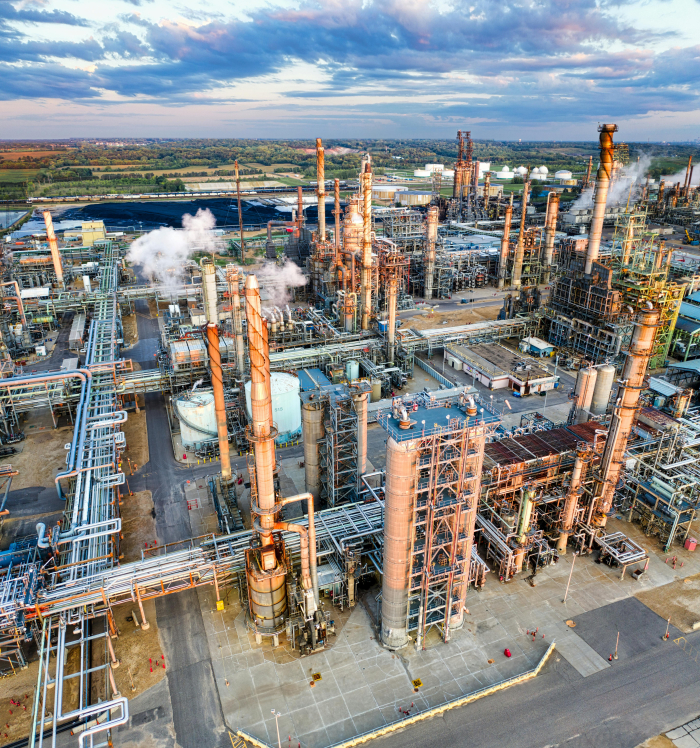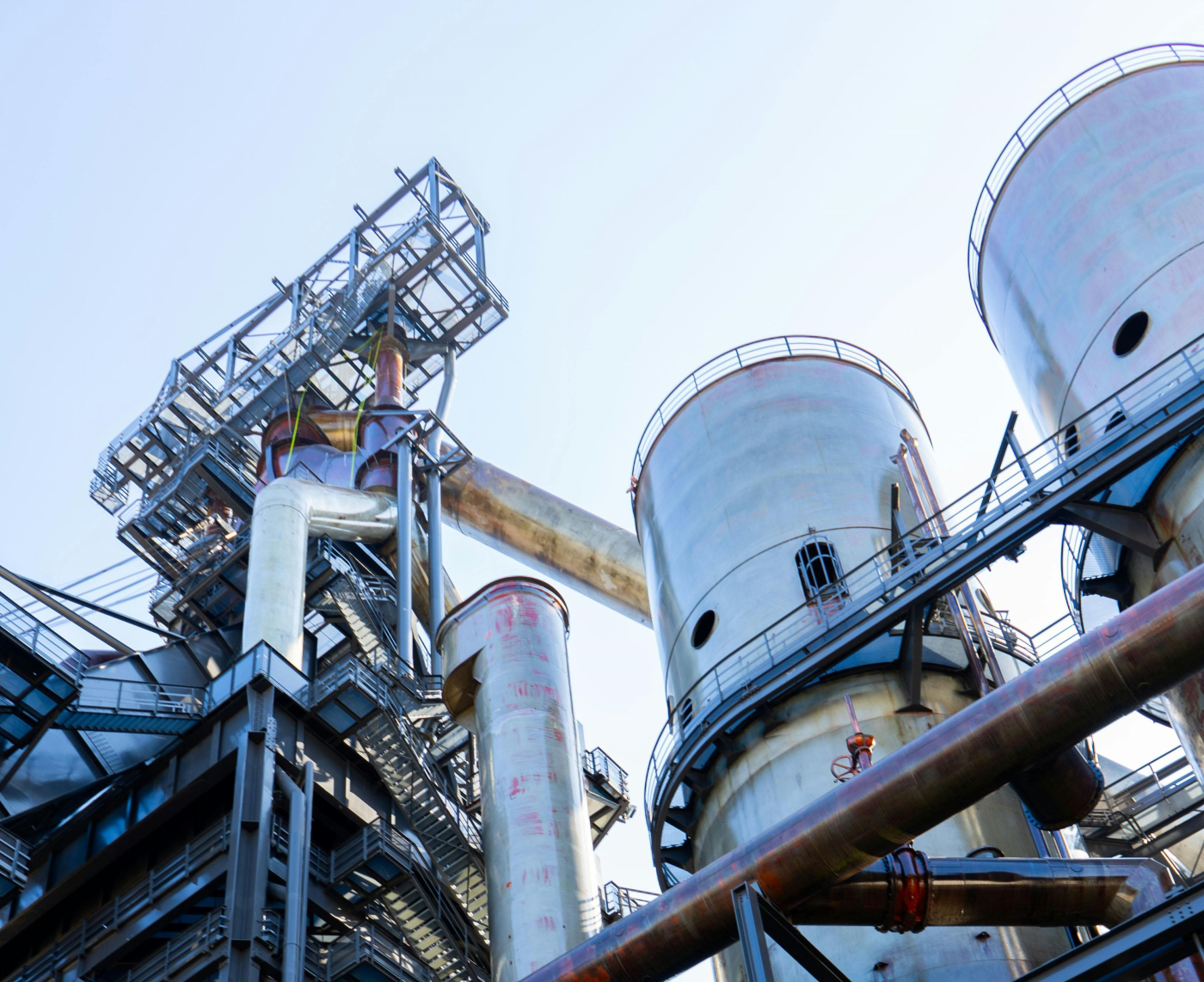In industries where human safety, environmental protection, or high-value assets are at stake, Safety-Critical Equipment (SCE) plays a fundamental role in preventing incidents and controlling hazards. Whether in oil and gas, nuclear energy, aviation, or manufacturing, SCE is essential for maintaining safe operations. It ensures that processes either continue safely or are brought back to a safe state when abnormal conditions or deviations occur due to equipment failure, human error, or external factors.
Posted
23.10.2025
Written by
This article explores what the safety-critical equipment concept is, why it matters, and how organisations can manage it effectively.
What are Safety-Critical Equipment?
Safety-Critical Equipment refers to any system, device, or component whose failure could lead to serious consequences such as injury, loss of life, major environmental harm, or significant damage to assets. These components are essential to maintaining safe operations and are often subject to strict regulatory standards. The equipment is designed to automatically activate in the event of a process upset, acting as a safeguard to prevent serious consequences such as injury, environmental harm, or asset loss. Its primary function is to detect abnormal conditions and initiate protective actions that mitigate risk before it escalates into a hazardous event.





